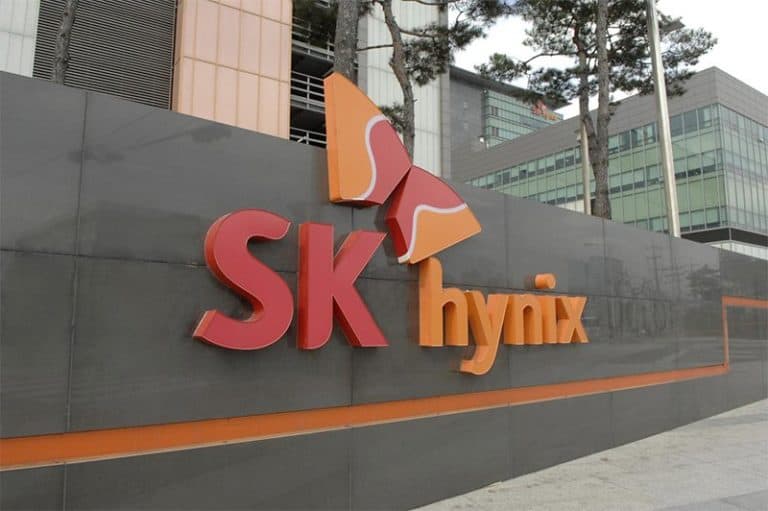Memory and processors will no longer be separate computer components in the future. According to Seok-hee Lee, the CEO of SK Hynix, the South Korean manufacturer of chips for memory and storage, these components will end up together on one chip in the future.
Lee told this during a keynote at the International Reliability Physics Symposium (IRPS) at the Insitute of Electrical and Electronics Engineers. There, he explained his vision of the future of computer memory and the industries that depend on it.
Convergence of memory and processors
“There will be a convergence of memory and logic. The concept is to add a few computing functions of CPU to DRAM”, he predicted. “As the speed was increased in high-bandwidth memory by increasing the number of channels between the CPU and the memory, the speed will increase further in Processing Near Memory (PNM), where both the CPU and the memory exist within a single module.”
“The speed will further increase in Processing In Memory (PIM), where the CPU and the memory exists within a single package. Ultimately, speed will increase further in Computing in Memory(CIM), where the CPU and the memory is integrated within in a single die, to deliver high performance computing system.”
Closer cooperation between manufacturers
SK Hynix does not make processors itself, but Lee expects memory manufacturers to work more closely with processor manufacturers because of this. “Now, however, is the time when various partners building the semiconductor industry ecosystem must form a cooperative partnership. Only by establishing a strategic partnership for Open Innovation based on collaboration and sharing with customers, suppliers, academia and government, we can shape a new era, which pursues both economic and social value.”
Concept already applied to SoCs
The concept of bringing the processor and memory closer together is not groundbreaking. Mobile devices such as smartphones have been combining these and other components in SoCs for years. The concept is also increasingly being used in computers. For example, Apple recently released its first computers with the self-designed M1 processor. This was an Arm SoC with memory built in, among other things.
